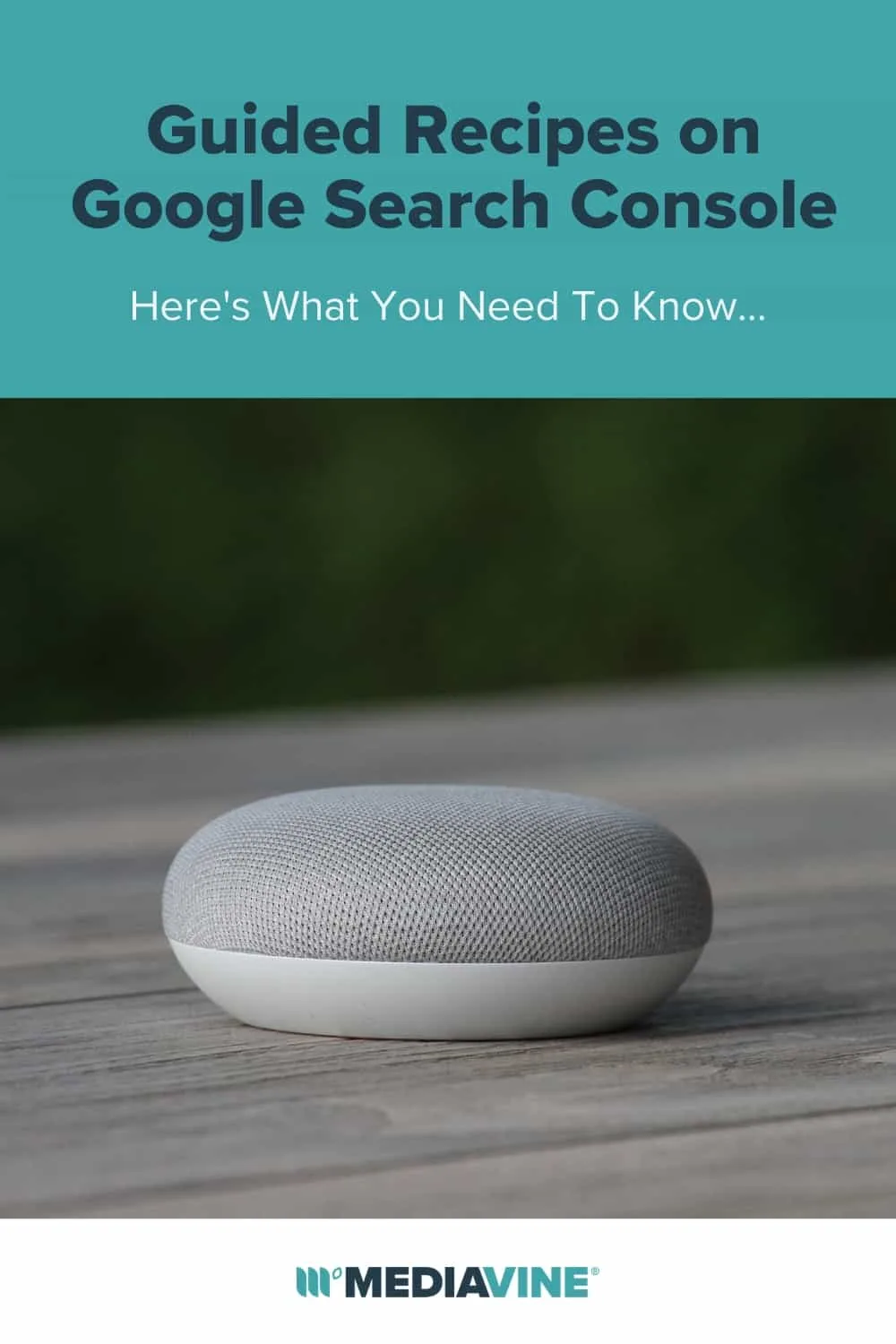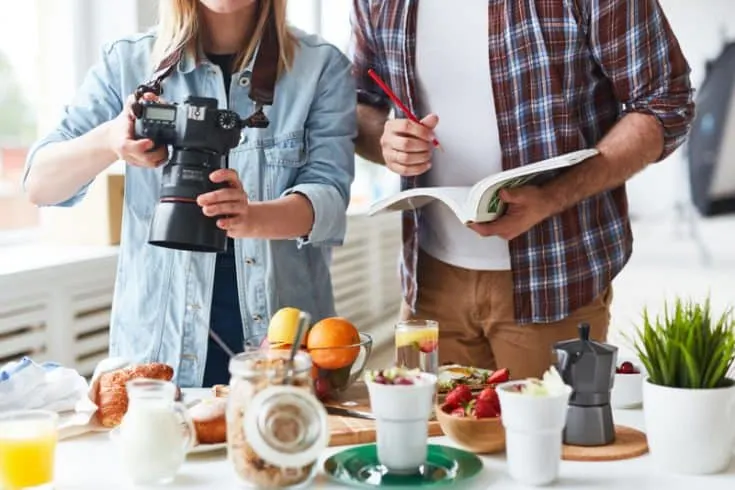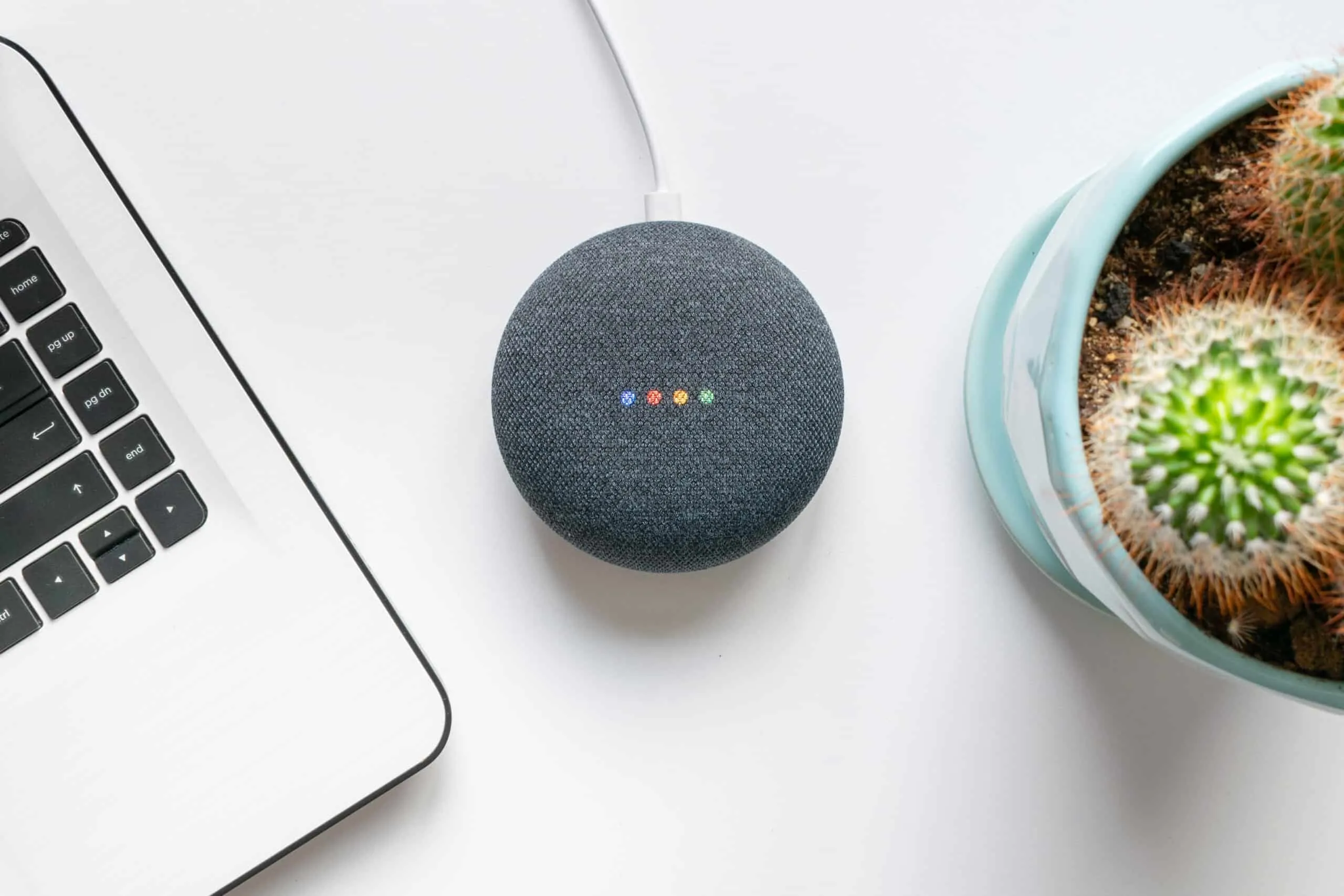Guided Recipes on Google Search Console: What You Need to Know


Google recently launched a new section in Google Search Console for Guided Recipes. Already, publishers have received a wave of emails with warnings and errors to worry about regarding this.
What should you do in response? Let’s break down what’s happening and clear up any misconceptions.
First, the most important thing to note is also the most basic: How Guided Recipes differ from regular Recipes.
Guided Recipes are recipes marked up for Schema.org for smart home devices such as the Google Assistant.
They are for when end users with a Google Assistant device, such as a Google Home, are guided through a recipe via voice, photo and image. See where the witty name comes from?
So before we dive into what this new section in Google Search Console means and how to optimize it, please hear us when we emphasize that this is ONLY FOR GOOGLE ASSISTANT.
Any action you take here is optimizing for traffic that you are likely not monetizing. In the grand scheme of how important this is for your business, it’s below AMP, so do not fret.

There are now basically two similar sections in your Google Search Console, one for regular Recipes and one for the new Guided Recipes.
As you might’ve guessed, Recipes are unchanged, and these are changes just to the new section, Guided Recipes.
Click into it and it will look eerily similar, or it will as Google begins to crawl your Recipes and index them as Guided Recipes.
From a technical standpoint, both sections use the same fundamental Recipe Schema.org markup under the hood.
So what’s the difference between regular Recipes and Guided Recipes from a publisher perspective in terms of markup and content?
As far as we can tell, the only new recommendations Google will be looking for all fall under the Instructions. They’re now recommending some new fields under the How To:
It’s important to note that all three of these actions are recommended and NOT required. Also, that they will require substantially more work than you were previously doing.
Craft, DIY and other How-To bloggers that have been using this Schema, thanks to plugins like Create, are no stranger to this recommendation.
Now, Google is asking for this same level of detail in recipes you want to rank for in Google Assistant.

As we said above, publishers are already stretched thin with everything they have to do, especially during this recent accessibility craze.
This is JUST for Google Assistant and should be low priority in the grand scheme of things for you.
However, Google may eventually begin to use these fields for regular Recipes, so it’s probably a good thing to have on your radar as something you can and should be doing when you are able to.
Follow the classic Mediavine advice: Start with new posts and optimize your top ones.
Create already has support for this level of detail in our How-To Schema. Our engineers are working to quickly bring this to Recipes in the coming weeks, and if you’re running Create you’ll be able to support Guided Recipes in no time.
Other actively maintained recipe card plugins will surely be doing the same.
Because smart home speakers and screens are becoming more and more popular. Google Assistant was already crawling recipes, but it had to do so via a second reprocessing of your content.
Now, publishers can see exactly how Google Assistant is crawling things through tools like Google Search Console and Rich Results Test. You can make adjustments based on recommendations from Google and even force a manual re-crawling to update results, rather than waiting around.
In a sense, this news isn’t news. It’s only new in the way that it’s being communicated to publishers and how we’re addressing it.

For a more technical explanation of the above, visit Google’s blog post on support for guided recipes in Search Console.
We don’t have to tell recipe developers that helping users find your content can be as crucial as the content itself, and this is yet another opportunity to provide information in innovative ways.
As we mentioned, Google has been sending out warnings about this, but everyone is getting them and nothing has to be fixed. Just keep this in the back of your minds going forward.
TL;DR — This is traffic for Google Assistant. You’re not at risk of losing web traffic or revenue. We will be adding Create support for this soon and keeping everyone updated!
Stay up to date with the latest from Mediavine
Publishers spend time creating great content that keeps readers coming back, and we know that safeguarding that content and maintaining control over how it’s used are critical concerns in today’s …
 Eric Hochberger
Eric Hochberger
In a blog post last week, Google announced plans to launch generative AI into Search Labs with a new product called Search Generative Experience (SGE). What exactly is SGE, and …
Since ChatGPT’s release in November 2022, OpenAI’s prototype of generative AI — that is, artificial intelligence that can produce new content on demand — has dominated popular tech media. We’ve …